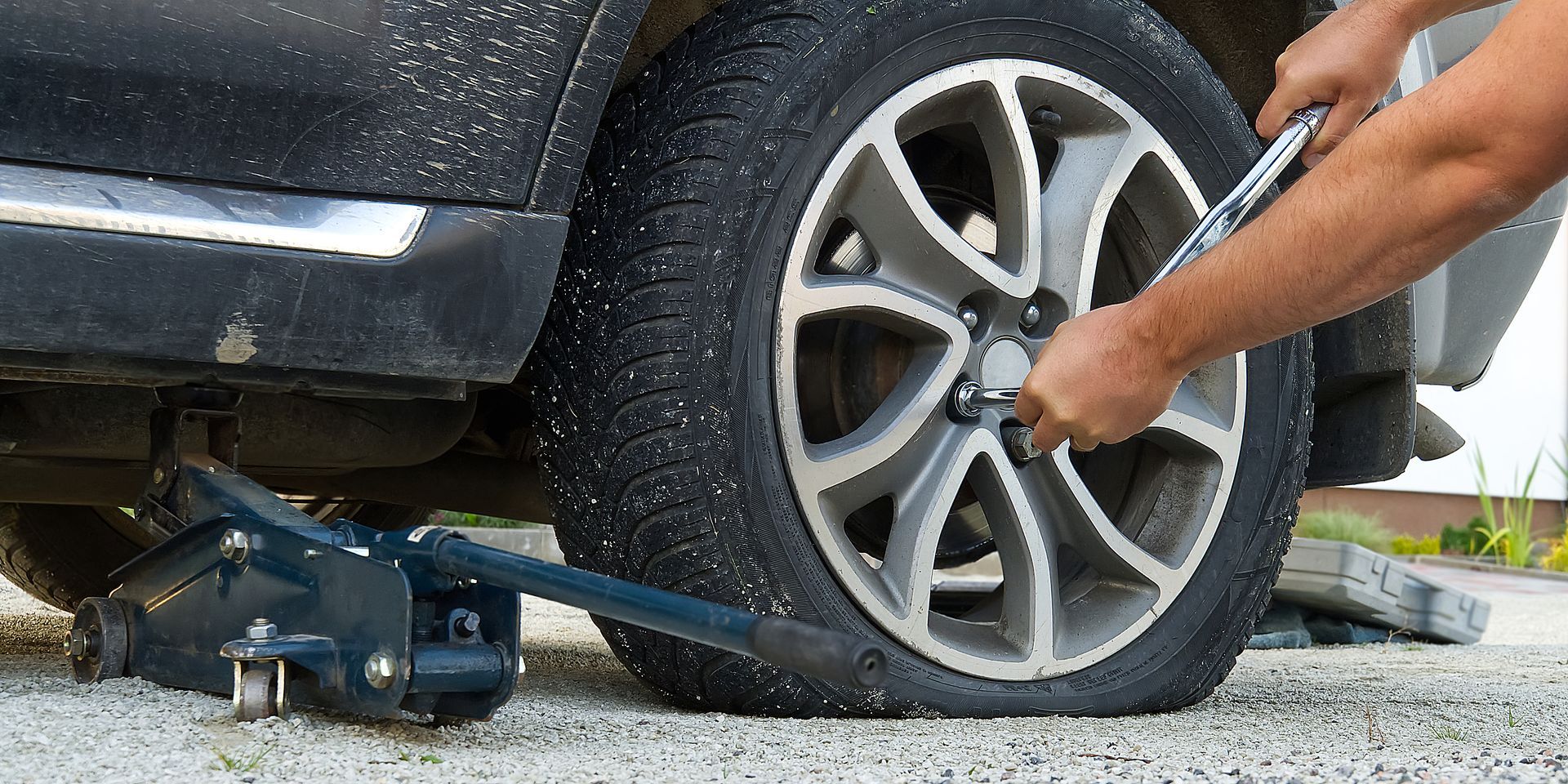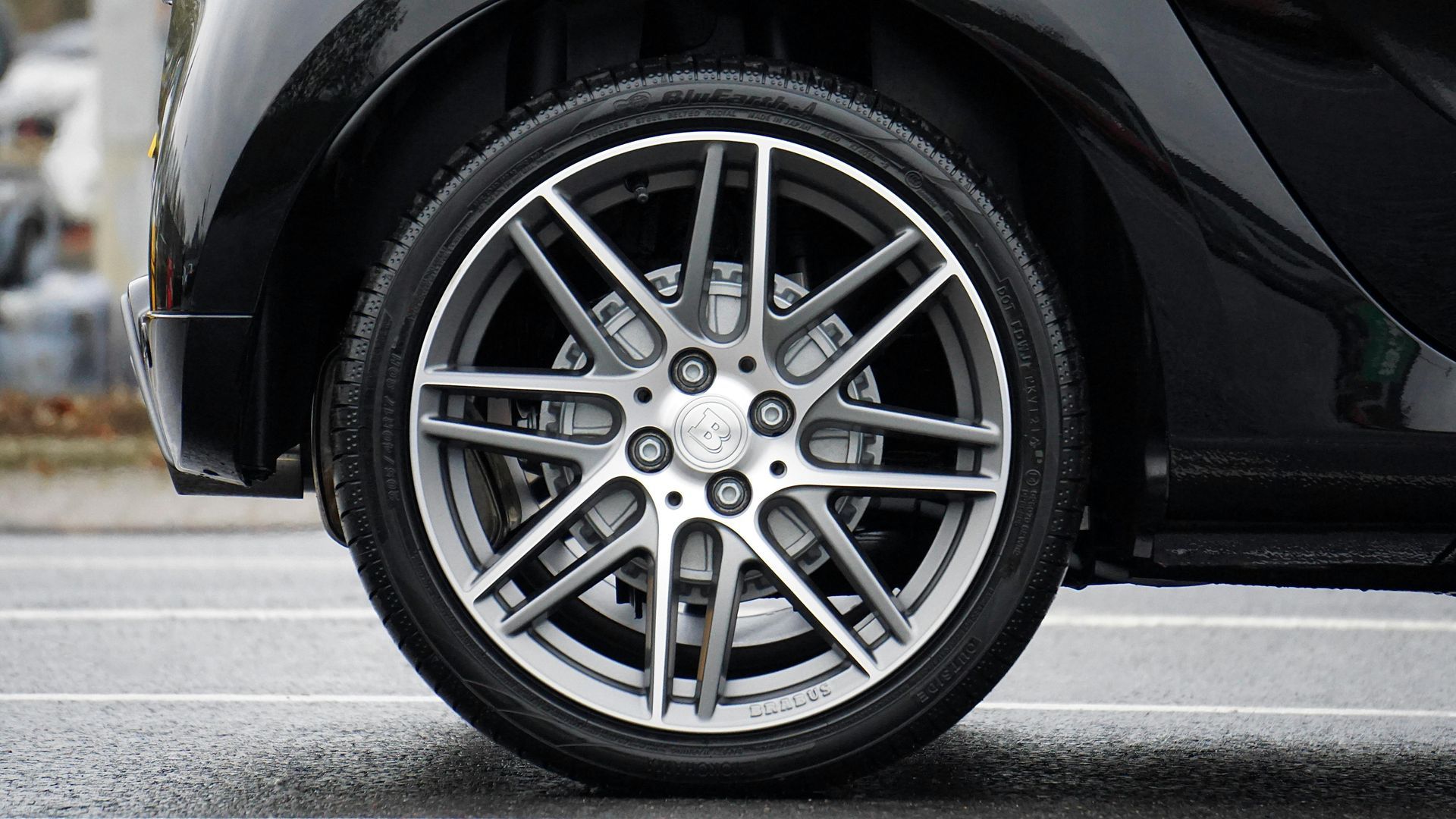Did you know that every year, thousands of drivers experience flat tires while on the road? Whether it's from a nail, a sharp object, or a puncture, a flat tire can be a major inconvenience. When faced with such a situation, many drivers turn to DIY solutions like screw-in tire plugs. But do these plugs actually work?
In this article, we will explore the effectiveness of screw-in tire plugs and whether they are a reliable option for emergency tire repairs. We will discuss the pros and cons of tire plugs, compare them to other repair methods, and provide insights to help you make an informed decision regarding your tire repair needs.
Key Takeaways
- Tire plugs are a popular DIY solution for emergency tire repairs.
- They provide a temporary fix for punctured tires.
- Tire plugs can be effective in sealing punctures from the inside.
- However, they have limitations and should be used as a temporary measure.
- Consider consulting a professional for a long-lasting and permanent repair.
Understanding Tire Repair Options: Plugs vs. Patches
When it comes to repairing a tire , there are two main options: tire plugs and patches. Both methods can effectively fix a flat tire's puncture, but they have distinct differences. In this section, we will compare and contrast these two repair methods so you can make an informed decision about the best option for your tire repair needs.
Tire Plugs
Tire plugs are small, cylindrical rubberized pieces that are inserted into the punctured area of the tire. They provide an immediate seal and prevent air from escaping. Tire repair plugs are commonly used for quick and temporary fixes, especially in emergency situations.
Pros of Tire Plugs:
- Convenient and easy to use
- Can be used for self-repairs
- Require minimal tools
- Cost-effective solution
Cons of Tire Plugs:
- Not suitable for large or sidewall punctures
- May require additional repair methods for long-term solutions
- May not provide a permanent fix
Tire Patches
Tire patches, on the other hand, are adhesive-backed rubber patches that are applied to the inner surface of the tire. They provide a more durable and long-lasting repair solution compared to tire plugs. Tire patches are commonly used for larger punctures or when a more permanent repair is required.
Pros of Tire Patches:
- Provide a more reliable and long-lasting repair
- Suitable for larger or sidewall punctures
- Less likely to fail over time
Cons of Tire Patches:
- Require proper tire dismounting and patch application
- May require professional installation
- Can be more time-consuming and complex
Both tire plugs and patches have their advantages and limitations. It's important to consider the nature of the puncture, the condition of the tire, and the desired level of repair when choosing between the two options. In the following sections, we will further explore the effectiveness and considerations associated with tire plugs, as well as the industry standards for safe tire repairs.
Evaluating the Effectiveness of Tire Plugs
Tire plugs are a popular choice for temporary repairs of punctured tires. They are designed to seal the puncture from the inside and prevent the air from escaping, allowing the driver to continue their journey. In this section, we will explore the functionality of tire plugs and discuss their effectiveness in providing a quick and convenient solution for flat tires.
How Tire Plugs are Designed to Function
Tire plugs consist of a rubber stem with a metal puncture-repair plug attached to one end. When a tire is punctured, the plug is inserted into the hole from the tread side until it fills the puncture completely. The stem is then trimmed and remains inside the tire, providing a seal that prevents air leakage.
The plug is made from a flexible, self-vulcanizing rubber material that adheres to the tire's inner lining, creating a secure bond and effectively sealing the puncture. Its design allows for a temporary repair until the tire can be professionally repaired or replaced.
Limitations and Considerations for Using Tire Plugs
While tire plugs offer a convenient solution for emergency tire repairs, they do have their limitations. It is important to consider the following factors when deciding to use tire plugs:
- Tire plug effectiveness : Tire plugs are designed for small punctures caused by nails, screws, or other sharp objects. They may not be suitable for large or sidewall punctures, as they could compromise the structural integrity of the tire.
- Temporary solution: Tire plugs are intended to be a temporary fix. They should not be considered a permanent solution, and it is crucial to have the tire professionally repaired or replaced as soon as possible.
- Driving conditions: Tire plugs are most effective when used in situations where the vehicle will be driven at lower speeds and for shorter distances, such as during a roadside emergency. Extended driving with a plugged tire can increase the risk of further damage or tire failure.
- Professional assessment: It is always recommended to have a professional tire technician inspect the tire after it has been plugged to ensure its safety and determine if any additional repairs or replacements are necessary.
Considering these limitations and precautions will help you make an informed decision when using a tire plug for temporary tire repairs. It is essential to prioritize safety and consult a professional for a thorough assessment of the tire's condition.
The Correct Method for Tire Puncture Repairs
Industry Standards for Safe Tire Repairs
When it comes to repairing a tire puncture, it's crucial to follow proper techniques to ensure safety and effectiveness. The tire repair industry has established standards to guide professionals and individuals alike in making the right choices. By adhering to these safe tire repair standards , you can avoid potential risks and maximize the longevity of your repaired tire.
Industry standards recommend a comprehensive approach to tire repairs that involves assessing the severity of the puncture, determining whether it is repairable, and applying appropriate repair methods. These standards emphasize the importance of examining the tire's internal condition and ensuring that the repair does not compromise its structural integrity.
The safe tire repair standards also dictate that repairs must be performed by trained and experienced professionals or individuals who possess the necessary knowledge and skills. Following these standards not only promotes safety on the road but also helps preserve the overall performance and quality of the tire.
Step-by-Step Guide to a Proper Patch/Plug Repair
Repairing a tire puncture requires a step-by-step process that combines both patching and plugging techniques. Here is a guide to performing a proper patch/plug repair:
- Begin by removing the tire from the wheel and inspecting the puncture carefully. This involves locating the hole and determining its size and location.
- If the puncture is within the repairable limits set by industry standards, clean the damaged area thoroughly using a tire rasp or appropriate abrasive tools.
- Apply a layer of rubber cement or other recommended adhesive to the damaged area to promote adhesion and prevent further damage.
- Insert a tire plug into the puncture hole, ensuring that it is fully inserted and centered within the hole.
- Secure the plug in place using a plug patch or insert a patch over the plug, depending on the size and location of the puncture.
- Finally, reassemble the tire onto the wheel, inflate it to the recommended pressure level, and conduct a thorough inspection to ensure proper installation and repair.
Remember, following the step-by-step guide for a proper patch/plug repair is essential to maintain the safety and longevity of your tire. It is always recommended to consult a professional if you are uncertain about performing the repair yourself.
Tire Safety: The Risks of Improper Tire Repairs
Ensuring proper tire repairs is crucial for your safety on the road. Improperly repaired tires pose significant risks that can compromise your driving experience. It is essential to understand the potential dangers of using incorrect repair methods, such as relying solely on tire plugs or neglecting necessary repairs.
One of the risks associated with improper tire repairs is the potential for a loss of tire pressure. When a tire plug is used as the sole repair method for a punctured tire, there is a higher likelihood of air leakage. Over time, the plug may dislodge or become less effective, leading to a flat tire. This can be especially dangerous if it happens while you're driving, as it can result in a sudden loss of control.
Furthermore, neglecting necessary repairs can also put you at risk. When a tire experiences damage, it may not be immediately apparent, and ignoring this damage can lead to more severe issues in the long run. A small puncture or damage to the tire's sidewall can weaken the tire's structure, increasing the risk of a blowout or tread separation. These issues can result in accidents, especially at higher speeds or during inclement weather conditions.
By understanding the risks of improper tire repairs , you can make informed choices and take the necessary steps to maintain the safety of your tires. It is recommended to consult a professional tire repair service to ensure proper repair and avoid potential safety hazards.
Conclusion
After examining the effectiveness and considerations of tire plugs versus patches, it is clear that choosing the right tire repair technique is crucial for ensuring a safe and reliable repair. Both tire plugs and patches have their pros and cons, but it ultimately depends on the extent of the damage, the location of the puncture, and the expertise of the person performing the repair.
Professional tire repairs offer the advantage of industry expertise and specialized equipment. Tire repair technicians are trained to assess the damage accurately and determine the best course of action. They have access to high-quality materials that can provide a long-lasting repair. If you are uncertain about the repair process or have a complex tire damage, seeking professional help is a wise choice to ensure the safety and reliability of your repaired tire.
On the other hand, DIY tire plug kits can be a convenient and cost-effective option for minor punctures. They can provide a temporary fix in emergency situations, allowing you to get back on the road quickly. However, it is important to understand the limitations of DIY tire plug kits. They are not intended for long-term repairs, and the quality of the repair may vary depending on your skills and the quality of the kit.
In conclusion, when it comes to choosing the right tire repair technique, it is essential to consider the extent of the damage, the location of the puncture, and your own expertise. Professional repairs are recommended for complex or extensive damage, while DIY tire plug kits can serve as a temporary solution for minor punctures. Always prioritize the safety and reliability of your repaired tires to ensure a smooth and worry-free journey on the road.
Lastly, if you are in the Phoenix, AZ metro area and need help with tire repair, tire replacement or any other wheel services contact our experts at LugWrench Heroes we offer mobile service and would be happy to help you.
FAQ
Do screw-in tire plugs work?
Yes, screw-in tire plugs can be an effective temporary solution for repairing punctured tires.
What are the differences between tire plugs and patches?
Tire plugs are designed to seal punctures from the inside, while patches are applied to the inner liner of the tire. Plugs are typically used for temporary repairs, while patches provide a more permanent solution.
How do tire plugs function?
Tire plugs work by sealing the puncture from the inside of the tire, preventing air from escaping. The plug is inserted into the puncture hole, filling it and creating an airtight seal.
What are the limitations and considerations for using tire plugs?
While tire plugs can provide a temporary fix, they may not be suitable for large or sidewall punctures. Additionally, it is important to consider the age and condition of the tire before using a plug. It is recommended to consult a professional for proper assessment and repair.
What are the industry standards for safe tire repairs?
The industry standards for safe tire repairs include removing the tire from the wheel, using a patch/plug combination or a patch alone for the repair, and following proper repair techniques.
What is the step-by-step guide to a proper patch/plug repair?
1. Remove the tire from the wheel. 2. Inspect the puncture and determine if it is repairable. 3. Prepare the puncture area by buffing and cleaning. 4. Apply the patch and plug according to the manufacturer's instructions. 5. Reinstall the tire onto the wheel and inflate to the recommended pressure.
What are the risks of improper tire repairs?
Improper tire repairs can lead to a loss of tire pressure, tire failure, and potential accidents. It is important to follow industry standards and consult a professional for proper assessment and repair.
How do I choose the right tire repair technique?
The choice between tire plugs and patches depends on factors such as the size and location of the puncture, the age and condition of the tire, and personal preference. Consulting with a professional can help you determine the best option for your specific situation.
Are professional repairs better than DIY tire plug kits?
Professional repairs are generally considered more reliable and long-lasting compared to DIY tire plug kits. However, DIY tire plug kits can provide a temporary fix in emergency situations. It is important to follow the manufacturer's instructions and consider consulting a professional for a proper repair.
Source Links














